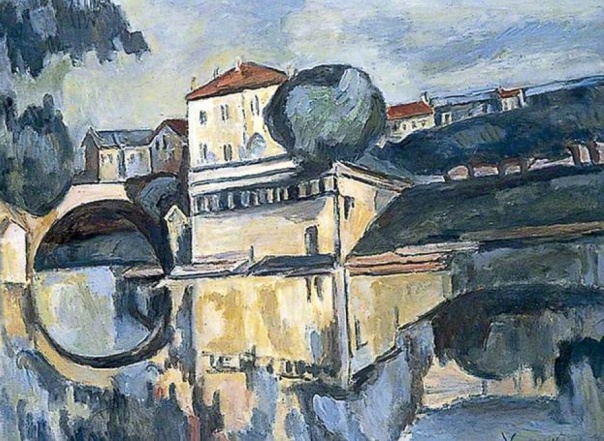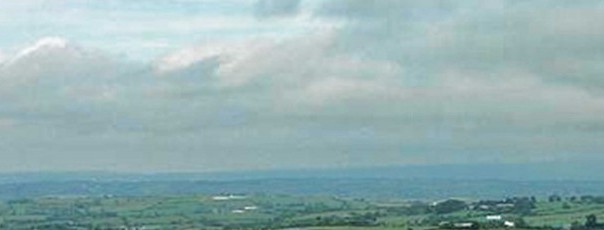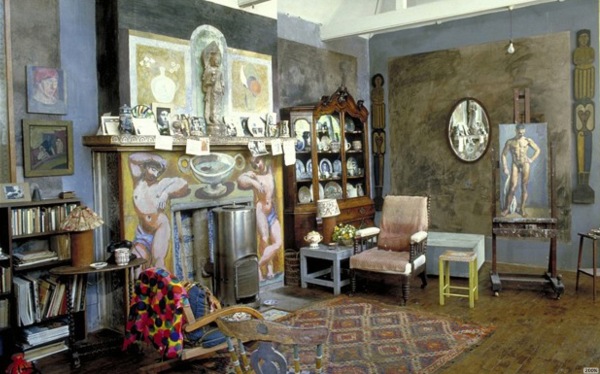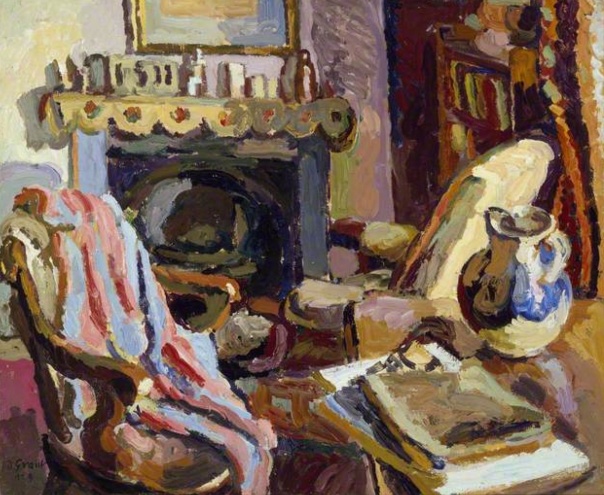Le Point de Poissy
The ancient bridge at Poissy, shown above, many times was used to provide passage across the Seine for an invading army and was at other times destroyed and then rebuilt. The bridge was also painted by numerous Parisian artists, including Derain, Utrillo, Monet, Pissarro, and by Maurice de Vlaminck in 1910, following the 4 year period during which Vlaminck along with Matisse and Derain experimented using brilliant colours in non-naturalistic ways in their Fauve period from 1904 to 1908.
Vlaminck’s painting of the river and bridge shown below is restrained in its use of colour, reminding one more of a Cézanne of the 1890s than of a painting in the Fauve manner.
This 60cm x 80cm canvas named simply Le Point de Poissy was shown in London by Roger Fry in 1910 as part of his exhibition of more than 200 pieces at the Grafton Galleries in Mayfair which he called Manet and the Post Impressionists. This was the first major post-Impressionist exhibition to be mounted in the anglophone world and it caused an immediate and volatile reaction. One critic for The Pall Mall Gazette, for example, went as far as to describe the paintings in the exhibit as the “output of a lunatic asylum”.
Clive and Vanessa Bell must have studied the painting and considered purchasing it at the time, as four years later in Paris they acquired it from its Parisian art dealer Kahnweiler.
Much later, they would sell the painting, but before doing so, Vanessa made a copy, which may now be seen in the Charleston Farmhouse located in the village of Firle, in the Lewes District of East Sussex. The copy does not attempt to be a close imitation of the original but rather it is a Vanessa Bell painting, taking as its starting point the painting by Vlaminck.
Vanessa painted in a variety of styles during her life. The portrait of Dora Morris (below) seated next to a dresser with her reflection shows her ability to convey delicate nuances of personality in a subtle manner.
There is a lightness and loveliness of colour in the fruit in her still life paintings.
To see a slide show of Vanessa’s paintings in oil on canvas and in watercolour click












